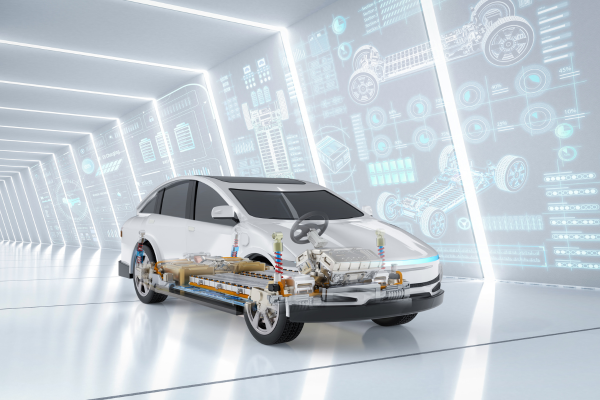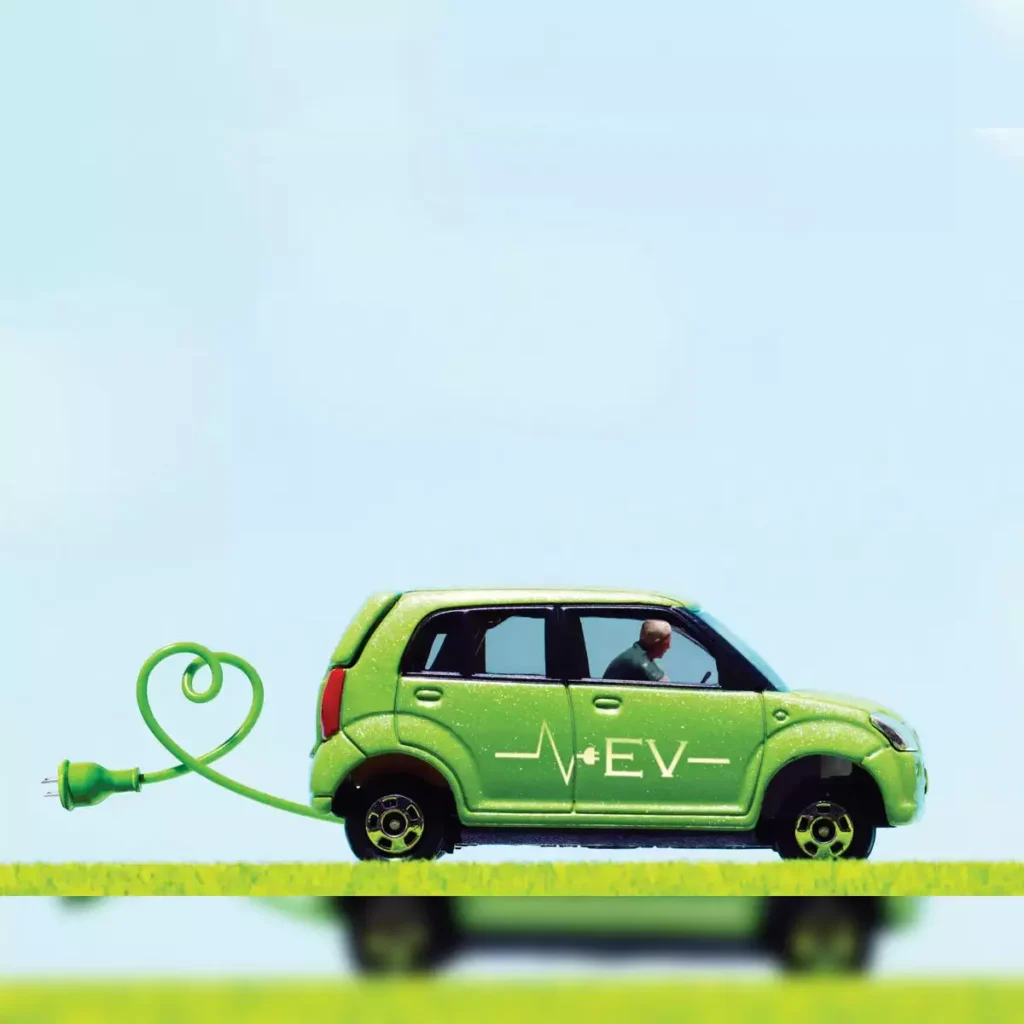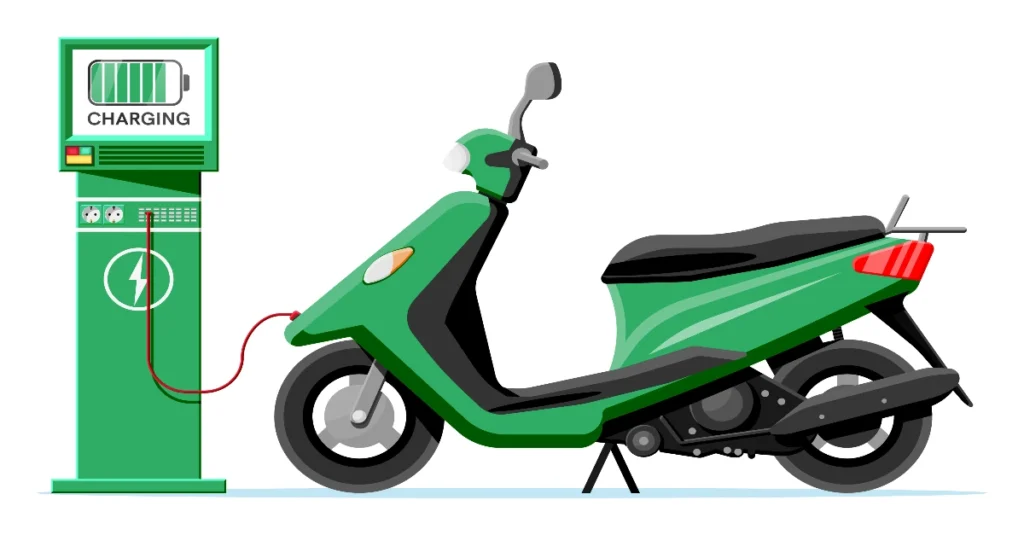Table of Contents
- Introduction
- Different types of Electric vehicles
- Benefits and Features of each Electric Vehicles
- Conclusion
- Frequently Asked Questions
Introduction:
In the realm of transportation, electric vehicles (EVs) have emerged as a transformative force, offering cleaner, more sustainable alternatives to traditional combustion engine vehicles. With advancements in technology and growing environmental consciousness, the EV market has witnessed a surge in innovation, leading to a diverse array of electric vehicles tailored to various needs and preferences.
In this article, we delve into the exciting world of EVs in 2024, exploring the different types and their unique features that are shaping the future of mobility.
Different Types Of Electric Vehicles
1. Battery Electric Vehicles (BEVs):

- BEVs, also known as all-electric vehicles, are powered solely by electricity stored in high-capacity batteries.
- They produce zero tailpipe emissions, making them environmentally friendly and contributing to cleaner air quality.
- With improved battery technology, modern BEVs boast longer driving ranges, enabling drivers to travel significant distances on a single charge.
- Examples include popular models like the Tesla Model 3, Nissan Leaf, and Chevrolet Bolt EV.
2. Plug-in Hybrid Electric Vehicles (PHEVs):

- PHEVs combine an internal combustion engine with an electric motor and a rechargeable battery.
- They offer flexibility by allowing drivers to switch between electric and gasoline power modes, extending their driving range.
- PHEVs can be charged via external power sources or through regenerative braking, capturing energy while decelerating.
- Notable PHEVs in 2024 include the Mitsubishi Outlander PHEV, BMW X5 xDrive45e, and Volvo XC90 Recharge.
3. Hybrid Electric Vehicles (HEVs):

- HEVs utilize both an internal combustion engine and an electric motor to propel the vehicle.
- Unlike PHEVs, HEVs cannot be plugged in to recharge the battery; instead, they rely on regenerative braking and the internal combustion engine to charge the battery.
- HEVs are known for their fuel efficiency and reduced emissions compared to traditional vehicles, making them a popular choice for eco-conscious consumers.
- Iconic models such as the Toyota Prius, Honda Insight, and Ford Fusion Hybrid continue to dominate the HEV segment.
4. Fuel Cell Electric Vehicles (FCEVs):

- FCEVs employ hydrogen fuel cells to generate electricity, powering an electric motor and emitting only water vapor as a byproduct.
- They offer fast refueling times and longer driving ranges compared to battery-electric vehicles.
- Despite technological advancements, limited hydrogen infrastructure remains a challenge for widespread adoption of FCEVs.
- Notable examples include the Toyota Mirai, Hyundai Nexo, and Honda Clarity Fuel Cell.
5. Electric Scooters and Bikes:

- Electric scooters and bikes have gained popularity as efficient urban mobility solutions, especially for short commutes and last-mile connectivity.
- They are compact, lightweight, and environmentally friendly alternatives to traditional gasoline-powered two-wheelers.
- Electric scooters and bikes come in various designs, ranging from foldable commuter models to high-performance electric motorcycles.
- Brands like Xiaomi, Segway, and Harley-Davidson are at the forefront of the electric scooter and bike revolution.
6. Electric Trucks and Commercial Vehicles:

- In response to the growing demand for sustainable freight transportation, manufacturers have introduced electric trucks and commercial vehicles.
- These vehicles offer lower operating costs and reduced emissions, making them appeal to fleet operators and logistics companies.
- Electric trucks come in various configurations, including delivery vans, semi-trucks, and refuse trucks, catering to diverse industry needs.
- Notable examples include the Tesla Semi, Rivian R1T, and BYD electric buses.
Benefits and Features of different types of electric vehicle:
1. Battery Electric Vehicles (BEVs):
- Benefits:
- Zero tailpipe emissions, contributing to cleaner air quality and reducing greenhouse gas emissions.
- Lower operating costs compared to traditional gasoline vehicles due to lower maintenance and fuel costs.
- Quiet and smooth operation, providing a more enjoyable driving experience.
- Features:
- Powered solely by electricity stored in high-capacity batteries.
- Long driving ranges, with modern models capable of traveling hundreds of miles on a single charge.
- Regenerative braking technology, which captures energy during deceleration to recharge the battery.
2. Plug-in Hybrid Electric Vehicles (PHEVs):
- Benefits:
- Flexibility to switch between electric and gasoline power modes, providing extended driving range and eliminating range anxiety.
- Reduced fuel consumption and emissions compared to conventional vehicles, especially for short commutes and urban driving.
- Potential for significant cost savings by utilizing electricity for daily commuting and gasoline for longer trips.
- Features:
- Combines an internal combustion engine with an electric motor and a rechargeable battery.
- Can be charged via external power sources or through regenerative braking.
- Offers both all-electric driving mode and hybrid mode, providing versatility for various driving scenarios.
3. Hybrid Electric Vehicles (HEVs):
- Benefits:
- Improved fuel efficiency compared to traditional gasoline vehicles, resulting in lower fuel costs and reduced environmental impact.
- Seamless integration of electric and gasoline power systems, enhancing overall vehicle performance and drivability.
- Low emissions and reduced dependency on fossil fuels, contributing to sustainability efforts.
- Features:
- Utilizes both an internal combustion engine and an electric motor to propel the vehicle.
- Regenerative braking system captures kinetic energy during deceleration to recharge the battery.
- Automatic start-stop technology shuts off the engine when the vehicle is stationary, conserving fuel and reducing emissions.
4. Fuel Cell Electric Vehicles (FCEVs):
- Benefits:
- Zero-emission vehicles that produce only water vapor as a byproduct, offering a sustainable alternative to traditional combustion engine vehicles.
- Longer driving ranges and faster refuelling times compared to battery-electric vehicles, providing greater convenience for long-distance travel.
- Potential for hydrogen fuel production using renewable energy sources, further reducing environmental impact.
- Features:
- Utilizes hydrogen fuel cells to generate electricity, powering an electric motor and emitting only water vapor as exhaust.
- Quick refuelling times, similar to conventional gasoline vehicles, enabling efficient long-distance travel.
- Limited infrastructure for hydrogen refuelling remains a challenge for widespread adoption.
5. Electric Scooters and Bikes:
- Benefits:
- Cost-effective and eco-friendly alternatives to traditional gasoline-powered two-wheelers, reducing carbon emissions and promoting sustainable urban mobility.
- Compact and lightweight design, ideal for navigating congested city streets and providing last-mile connectivity.
- Low maintenance requirements and affordable operating costs compared to conventional vehicles.
- Features:
- Electric motor powered by rechargeable batteries, offering quiet and efficient propulsion.
- Varieties of designs and models to suit different preferences and use cases, from foldable commuter scooters to high-performance electric motorcycles.
- Regenerative braking technology enhances efficiency and extends battery life.
6. Electric Trucks and Commercial Vehicles:
- Benefits:
- Lower operating costs and reduced environmental impact compared to diesel-powered trucks, offering significant savings for fleet operators and logistics companies.
- Quieter operation and improved air quality in urban areas, mitigating noise pollution and reducing health hazards associated with diesel emissions.
- Potential for energy independence by utilizing renewable energy sources to charge electric vehicles, reducing reliance on fossil fuels.
- Features:
- Electric drivetrain powered by high-capacity batteries or hydrogen fuel cells, providing ample torque and towing capacity.
- Various configurations available, including delivery vans, semi-trucks, and buses, catering to diverse commercial applications.
- Advanced safety features and telematics systems enhance driver visibility and fleet management capabilities.
Conclusion:
Frequently Asked Questions:
In 2024, there are primarily three types of electric vehicles: Battery Electric Vehicles (BEVs), Plug-in Hybrid Electric Vehicles (PHEVs), and Hybrid Electric Vehicles (HEVs). BEVs run solely on electricity stored in batteries, while PHEVs combine a conventional engine with an electric motor and can be charged via an external power source. HEVs use a combination of a gasoline engine and an electric motor.
Owning an electric vehicle offers numerous benefits, including lower operating costs due to cheaper electricity compared to gasoline, reduced greenhouse gas emissions contributing to a cleaner environment, and often lower maintenance costs due to fewer moving parts in electric motors compared to traditional internal combustion engines.
When purchasing an electric vehicle, consider factors such as the vehicle’s range on a single charge, charging infrastructure availability, charging time, battery capacity and lifespan, performance specifications, available incentives or rebates, and the manufacturer’s warranty on the vehicle’s electric components.
In 2024, electric vehicle technology has continued to evolve rapidly. Advancements include improvements in battery technology leading to increased range, faster charging capabilities, enhanced safety features, integration of advanced driver assistance systems (ADAS), and development of more efficient electric motors resulting in better performance.
While electric vehicles offer numerous benefits, they also have some drawbacks and challenges. These may include limited charging infrastructure in certain regions, longer charging times compared to refueling with gasoline, potential range anxiety especially for longer trips, higher upfront purchase costs compared to conventional vehicles (although this is decreasing over time), and concerns about the environmental impact of battery production and disposal.

